
Female
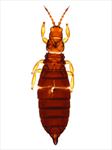
Female

Antenna
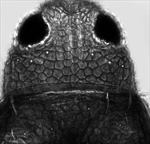
Head
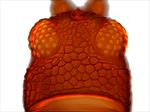
Head
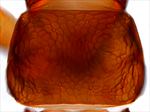
Pronotum
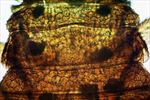
Mesonotum, metanotum & tergite I
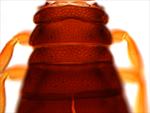
Mesonotum, metanotum & tergites I–III
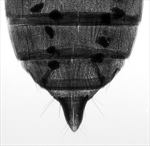
Abdominal tergites VI–X
Females without wings or ocelli. Body brown to dark brown, legs and antennal segments III–IV paler. Antennae 8-segmented; sense cone simple on segments III & IV. Head, thorax, and at least anterior abdominal tergites strongly reticulate; with no long setae except on tergite IX. Mesonotum, metanotum and abdominal segment I all strongly transverse. Abdominal tergites V–VII with median transverse row of about 10 setae; tergite VIII with no posteromarginal comb; tergite X with complete longitudinal division. Sternites with median transverse row of about 8 small discal setae.
The genus Prosopoanaphothrips includes only a single species. In general appearance, this wingless thrips resembles some species in Anaphothrips, but in that genus no species have discal setae on the sternites. The reticulate body surface suggests a relationship to the Panchaetothripinae (Masomoto & Okajima, 2017).
Breeding on various Poaceae, particularly Bromus rigidus, on leaves and in leaf axils (Bailey, 1948). Large populations can result in severe stunting damage to the leaves of its grass host plants.
Recorded only from California.
THRIPIDAE - THRIPINAE
Prosopoanaphothrips reticulatus (Moulton)
Sericothrips reticulatus Moulton, 1907: 50
Bailey SF (1948) Grain and grass-infesting thrips. Journal of Economic Entomology 41: 701–706.
Masumoto M & Okajima S (2017) Anaphothrips genus-group: key to world genera, with two new species and three new records from Japan (Thysanoptera, Thripidae). Zootaxa 4272(2): 201–220.